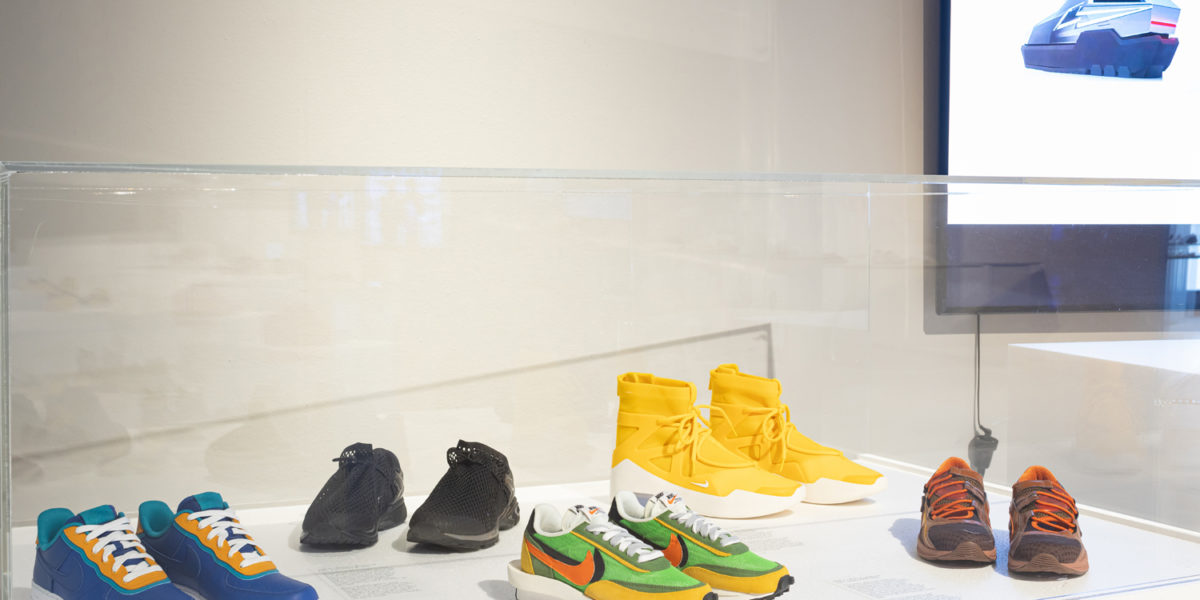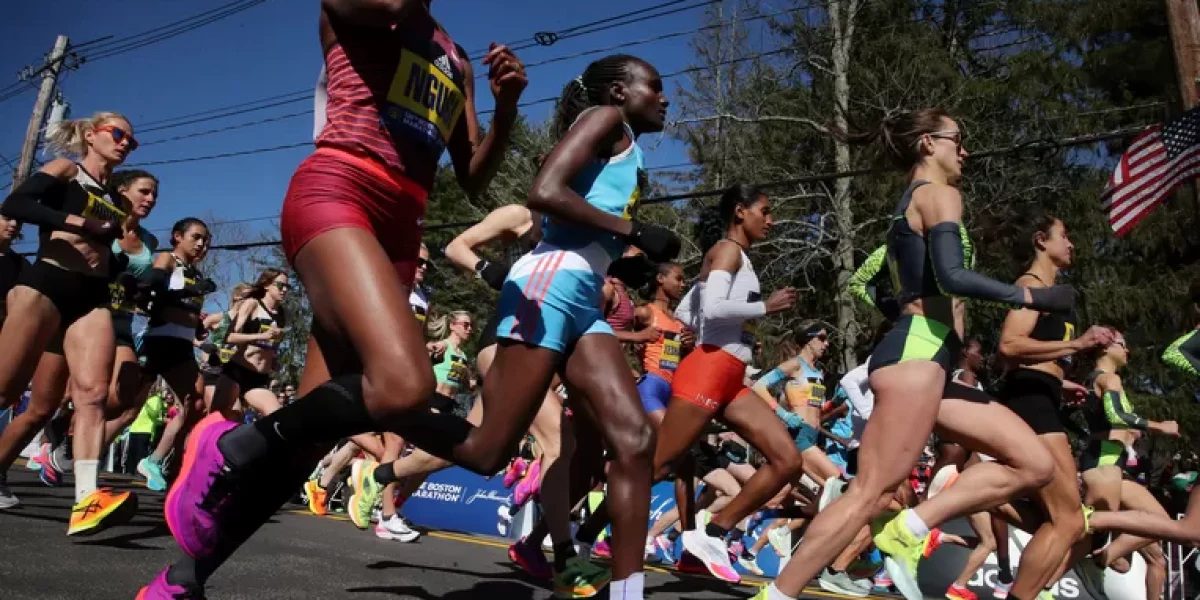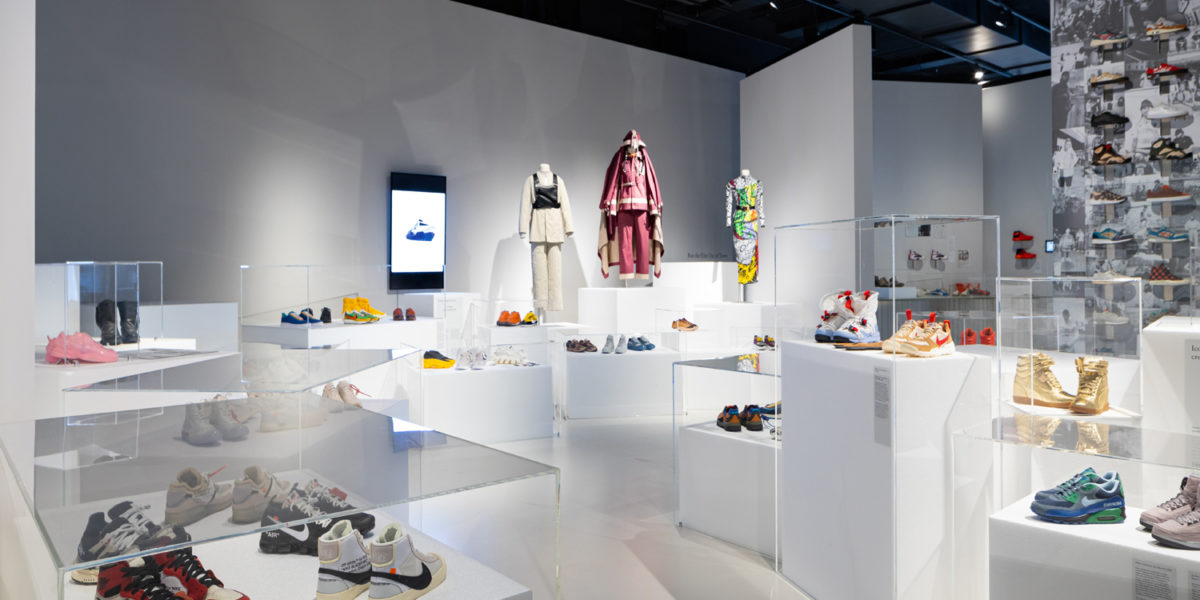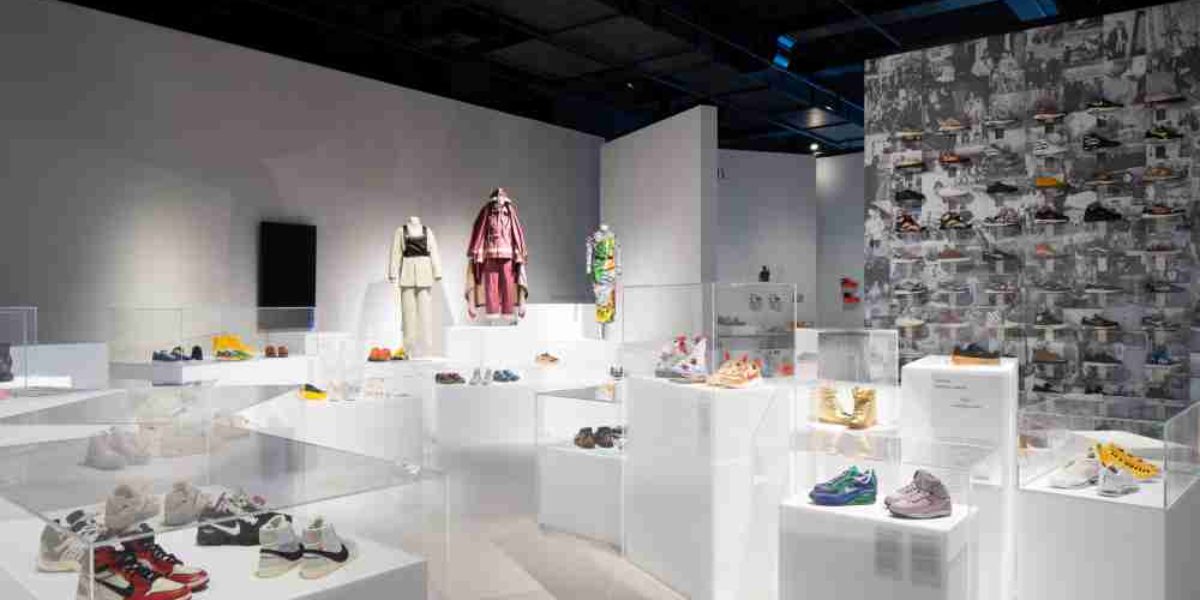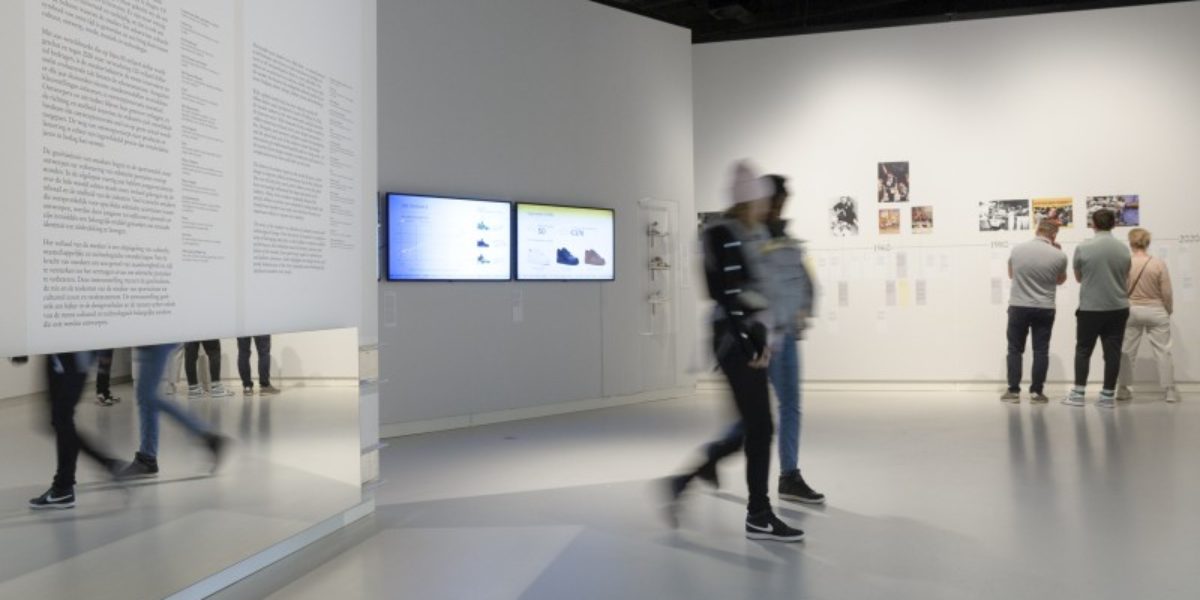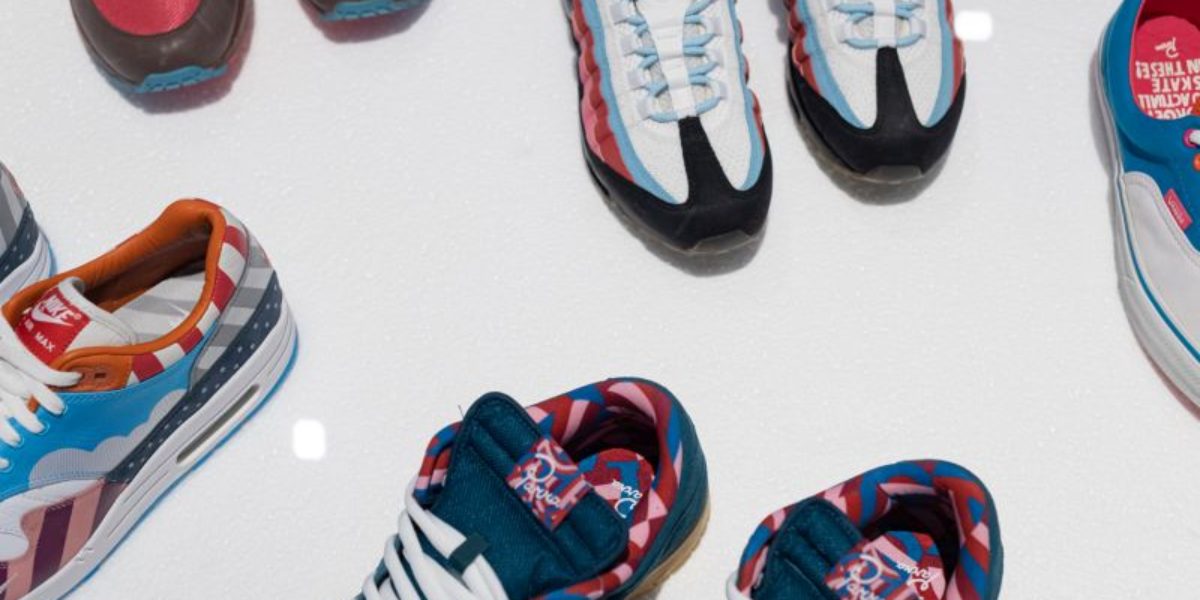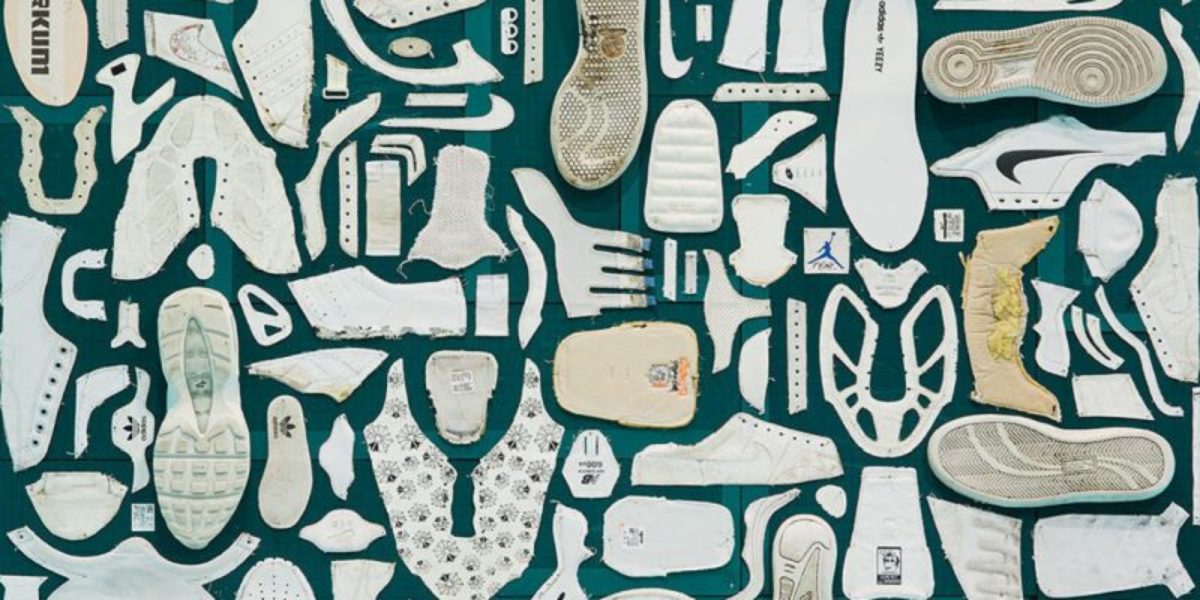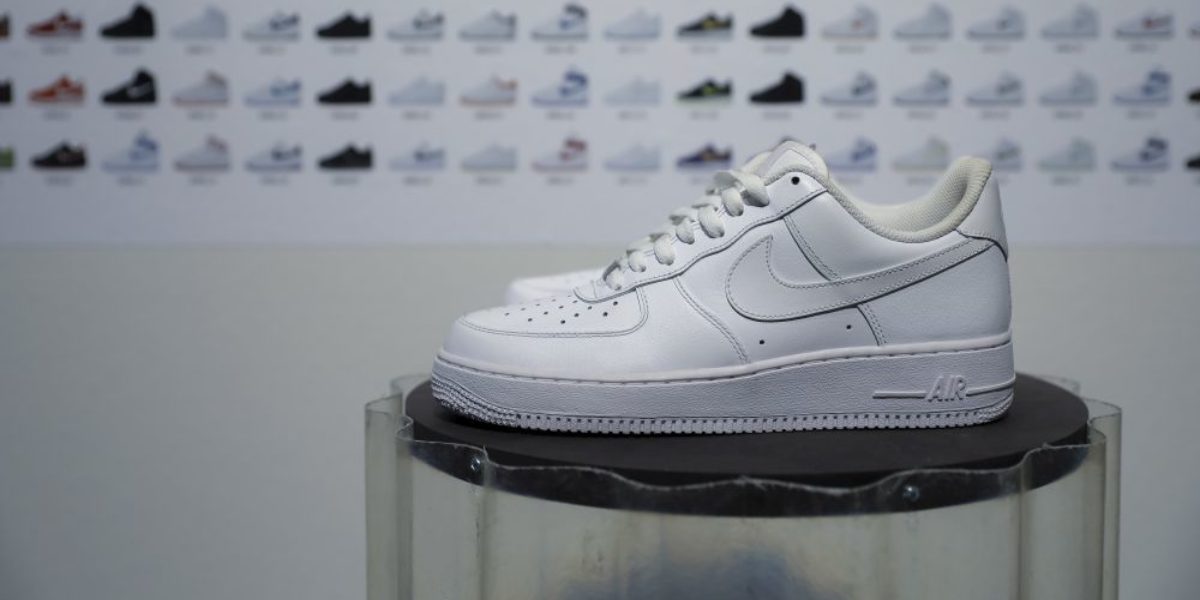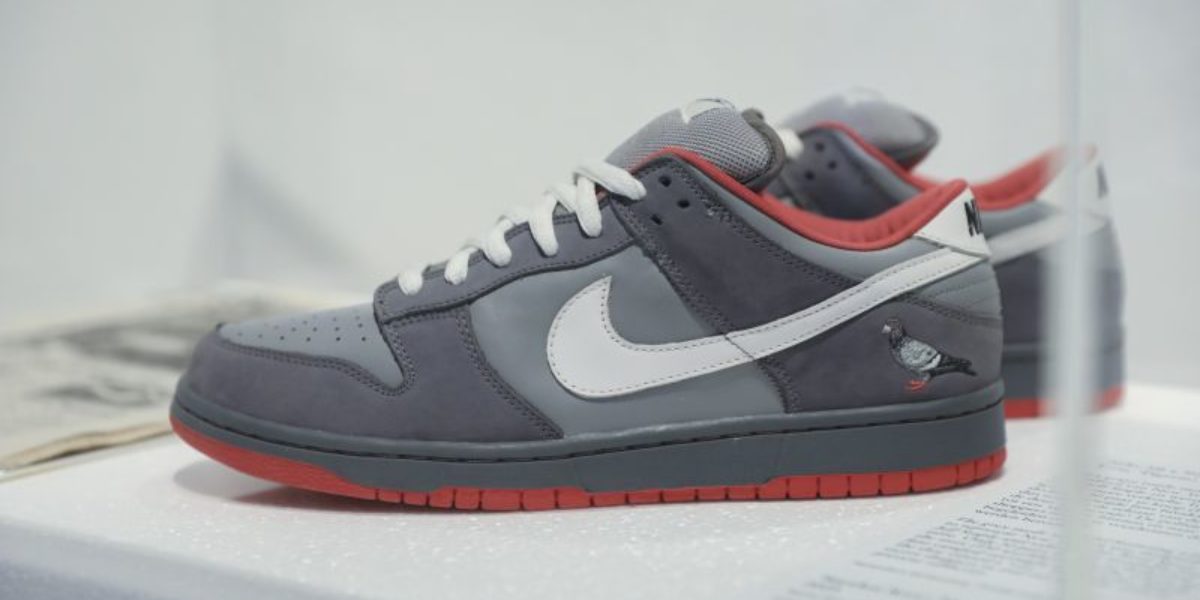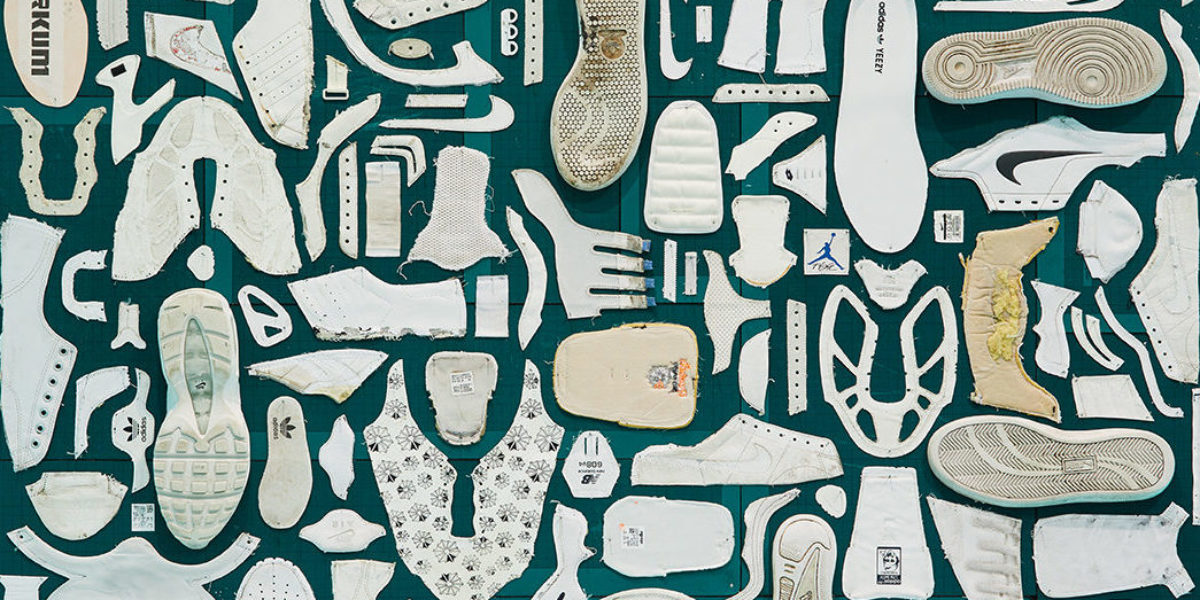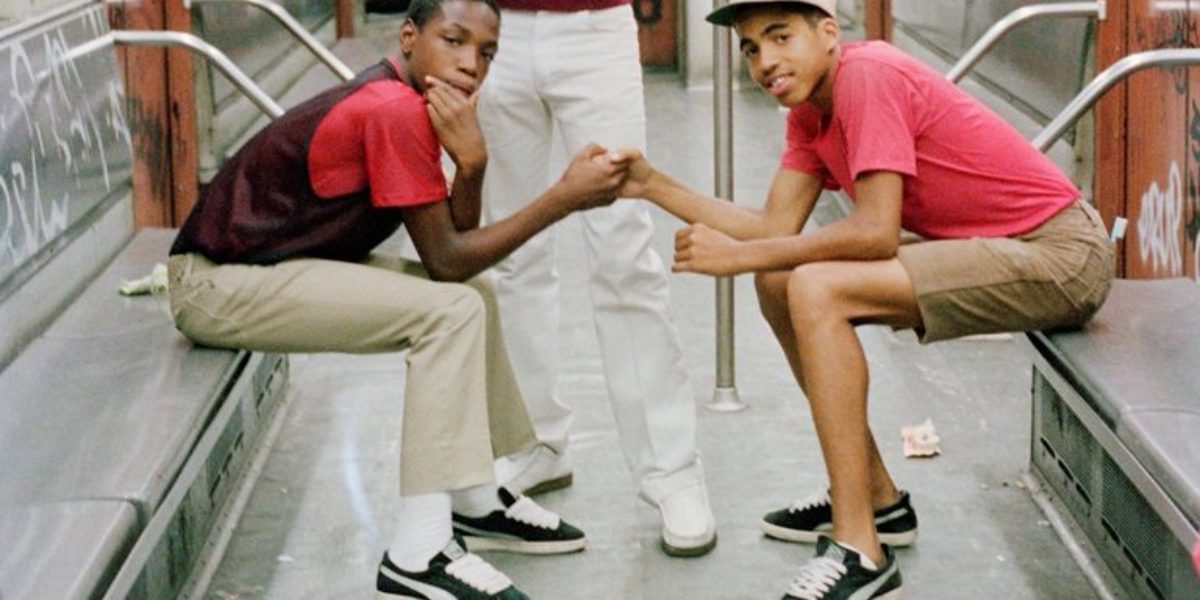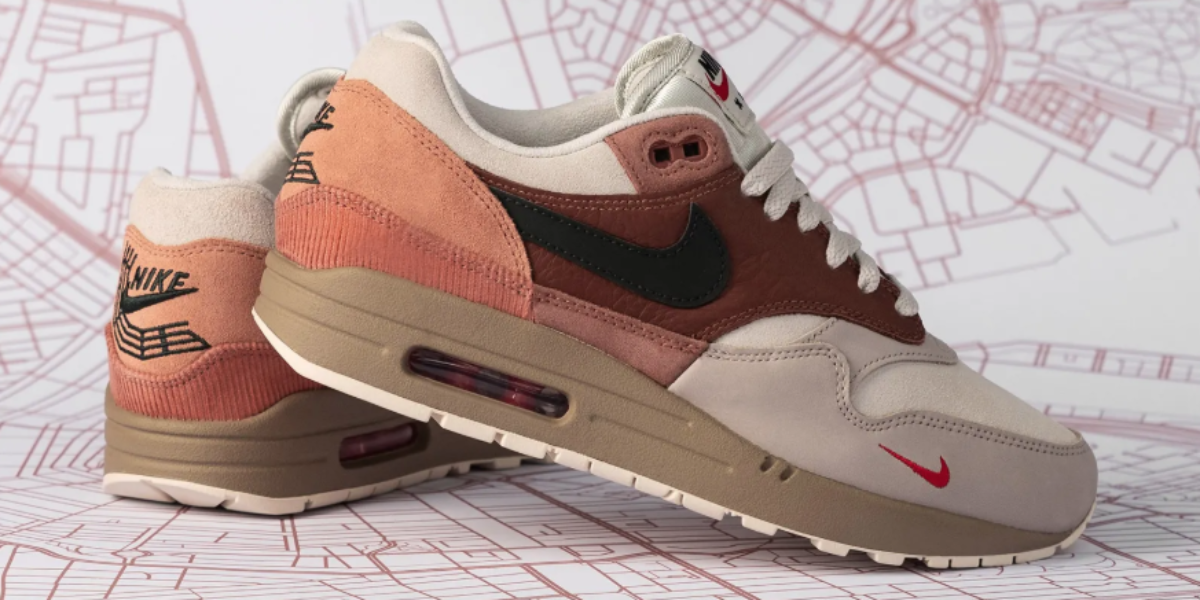Sneaker culture has become ubiquitous thanks largely to the influence of young people from diverse inner-city neighbourhoods. They have been instrumental in elevating sneakers from pure sportswear to sought-after icons of style.

Basketbal and Rucker Park
Streetball, which was played at the renowned Rucker Park tournament in 1970s Harlem, New York, influenced basketball and also shaped how spectators dressed. Faster and more physical than professional games, the tournament attracted both local talent and famous NBA players such as Dr J, who pioneered a less restrictive game involving slam dunks and ball tricks. Huge crowds attended, dressed to impress and often wearing the same sneakers as their heroes on the court.
Customizing your kicks
The Puma Clyde – named after basketball player Walt ‘Clyde’ Frazier – was released in various colourways. This provided the opportunity for sneakers to be matched with other elements of an outfit. The type of laces and how they were tied became an important part of the look. Looking after a pair was also important, from brushing the uppers to washing the laces. Reviving sneakers by spraying them a new shade or colouring in the stripes was a way to keep them fresh and prolong their lifespan. With its thick rubber sole and a soft – but resilient – suede upper, the Puma Clyde became the preferred choice of graffiti artists and breakdancers.
The British football Casuals
Sports shoes were adopted by British football fans in the late 1970s. This culture began in Liverpool and Manchester and came to be known as ‘Casuals’. The uniform Casuals wore was highly coded and differed between northern and southern England, reflecting team rivalries. Rarity was an important factor in gaining status and a sense of belonging, with hard-to-come-by labels such as Adidas from Germany and Diadora from Italy being particularly coveted.
